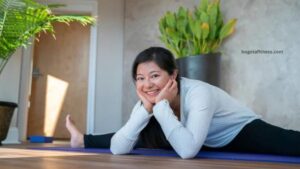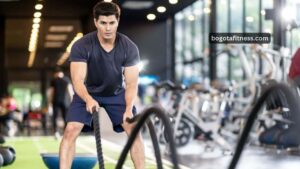You can work your entire body without any hassle if you try this full body workout at home. It is quick to complete and has all of the traditional exercises.
These simple exercises and a couple sets of dumbbells are all you need. These exercises target every major muscle group in your body, including the abs, arms, legs, shoulders, chest, and back. When you are pressed for time but still want to finish your workout, this is a fantastic choice.
Safety and Precautions
If you have any illnesses, injuries, or other medical issues that limit your ability to exercise, see your doctor before beginning this program. Any workouts that hurt or are uncomfortable can be skipped or substituted. After exercise, wearing recovery shoes can help reduce tension, improve blood flow, and alleviate sore muscles. Dumbbells in various sizes as well as a bench or step (you can use the floor if you don’t have one) are required.
Overview
- Total Time: 30 to 40 minutes
- Level: Intermediate to advanced
- Equipment Needed: Dumbbells
- What to Expect: Beginners start with no weight or light weights and do one set of 10 to 12 reps of each exercise. Experienced exercisers do two to three sets of 8 to 10 reps with enough weight that you can complete the rep range feeling as though you would fail if you attempted 2 to 3 more reps (in other words, stop 2 to 3 reps from failure).
Warm Up
Spend five minutes warming up with light aerobic or warm-up variations of each exercise, focusing on bodyweight exercises and dynamic movements such as wall push-ups, squats, lunges, and hinges.
Full Body Workout
Select two exercises for the upper body, two exercises for the lower body, and complete the bicycle crunches for a whole body workout. You can create unique routines by varying your exercises every time. Try to work out your entire body two or three times a week. The following workouts have advantages, as well as instructions:
- Chest press
- One-arm row
- Overhead press
- Hammer curl on one leg
- Kickback
- Deadlift
- Squat
- Lunge
- Bicycle crunch
Chest Press
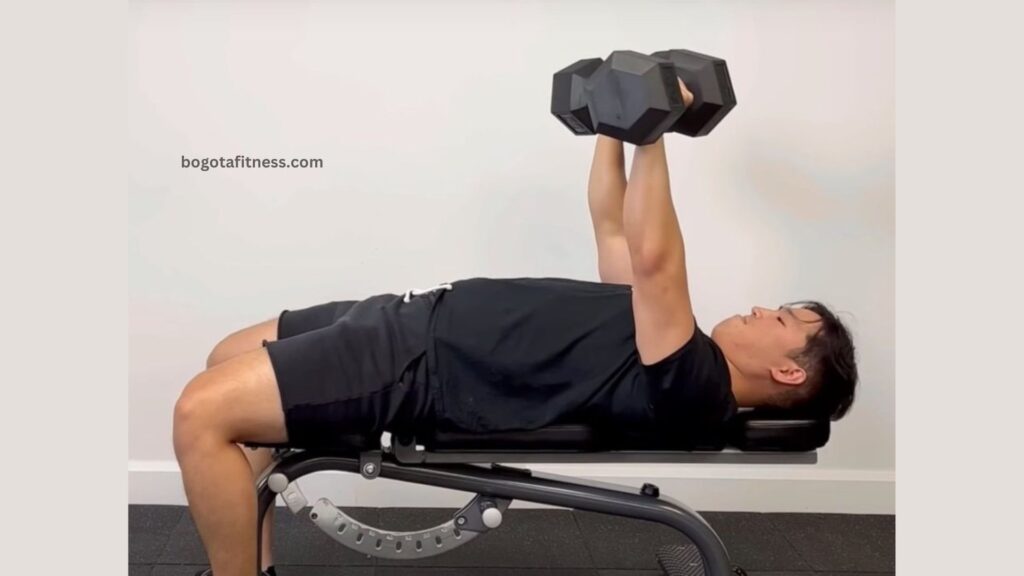
The chest press is one of the best ways to work your chest, so start your total body workout with it. This is an excellent compound move that works the shoulders and triceps in addition to its primary target of the chest muscles. Because the chest is a larger muscle region, you can typically use a little bit more weight for this exercise, depending on your level of experience.
How to: Raise the dumbbells above your chest while lying on a weight bench or step. At the bottom of the exercise, your elbows should resemble goal posts as you bend them and lower the weights to around a 90-degree angle. Repeat by pushing the weights back up.
One-Arm Row
The back is the second major muscular group in the upper body. The lats, or large muscles on either side of the back, are worked during a one-arm row. This move also works your biceps a lot, which is a benefit.
How to: Rest your left hand or forearm on your upper thigh and place your left foot on a step or platform. Use your right hand to hold a weight. Lean forward, retaining your back straight and your abs tucked down, and lower the weight to the ground. When the elbow is either level with or slightly above the torso, bend it and draw it up in a rowing motion. Squeeze the back when the movement reaches its peak. Lower; complete each rep before alternating sides.
Given their size, the lats are capable of supporting larger weights. For this exercise, pick a weight that truly pushes you; for ladies, that weight should be between 8 and 20 pounds, and for males, between 15 and 35 pounds.
Also Read: BOOST MENTAL HEALTH WITH GRATITUDE
Overhead Press
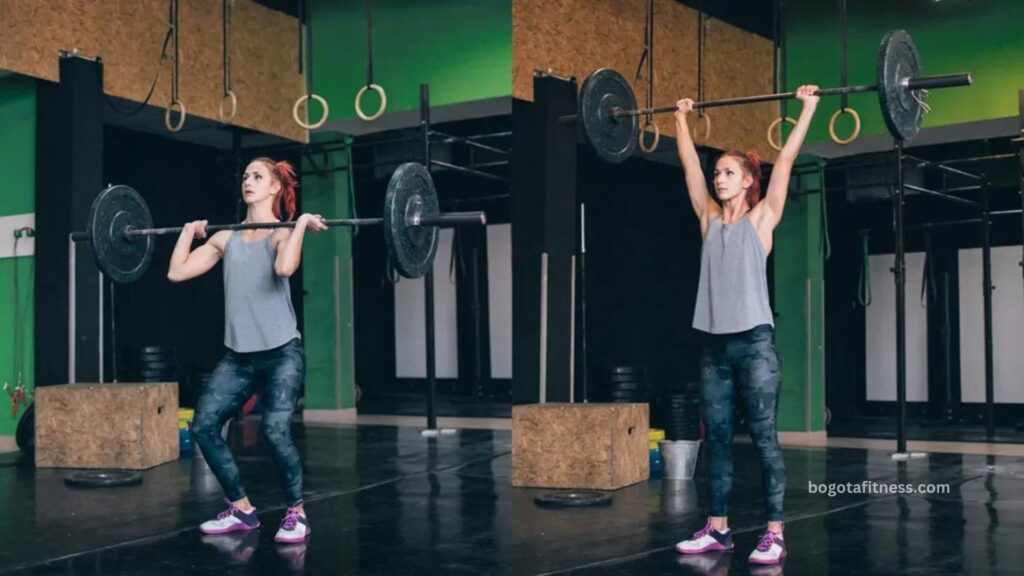
Your shoulders, which might already be a little warm from the chest pushes you performed earlier, are the next area to work in your total body workout. Overhead presses are an excellent shoulder exercise because they work the front and mid deltoids.
How to: Hold weights at ear level with your elbows bent while standing with your feet hip-distance apart (like goal posts). Press the weights up and overhead without arching your back and maintaining your abs braced. Reduce and carry out again.
The attention is taken off the shoulders when the arms are lowered too far below the shoulders. Examine yourself in the mirror to ensure that you consistently maintain the goal-post shape.
Hammer Curl
Biceps are worked with hammer curls.
How to: With both hands, hold weights with the palms facing in. Squeeze your biceps as you curl the weights up towards your shoulders, keeping your hands pointing inward. Reduce and carry out again.
Steer clear of swinging the weights, as this gives the workout more momentum. Instead, move slowly and deliberately to lift the weight with all of your muscle fibers.
Kickback
Although the triceps, or the area behind the arms, are the goal of chest presses, an accessory exercise such as the kickback can give extra volume to this area for better results. To increase core work, you can move one arm at a time or both arms at once. To support your lower back, make sure to brace your abs and bend your knees.
How to: Use both hands to hold a weight. While maintaining a flat back and contracted abs, bend at the waist. Bring the elbows close to the body. Squeeze your triceps muscles and straighten your arms while maintaining that posture. Reduce and carry out again.
One arm at a time, bend your knees or place one leg on a bench if you are experiencing back pain. Throughout the exercise, maintain the elbow’s proximity to the body; do not allow it to sag as you become fatigued. Act as though you’re under your armpit holding an envelope.
Deadlift
Although deadlifts are difficult to master properly, they are a great way to introduce your lower body into a workout. This exercise works the lower back in addition to the glutes and hamstrings.3. It is an addition to the earlier in the workout one-arm row exercise.
How to: Hold weights in front of thighs while standing with your feet hip-width apart. With your back flat and shoulders back, tip the weights down from your hips toward the floor. Go back to the beginning and continue.
Maintain your shoulders back for the duration of the workout. This move could be tempting to round your back, which increases the risk of injury to your lower back.
Squat

One of the most crucial exercises in any strength program, especially one that works the entire body, is the squat. You can strengthen every muscle you need to sit, stand, and walk every day with the help of this practical workout.5.
How to: Stand with your feet hip-distance apart and hold weights in each hand. With your knees bent and your weight behind your toes, descend as low as you can into a squat. Press return to begin again and so forth.
When you squat, try sending your butt back behind you so that your thighs and glutes are the main focus rather than your knees.
Lunge
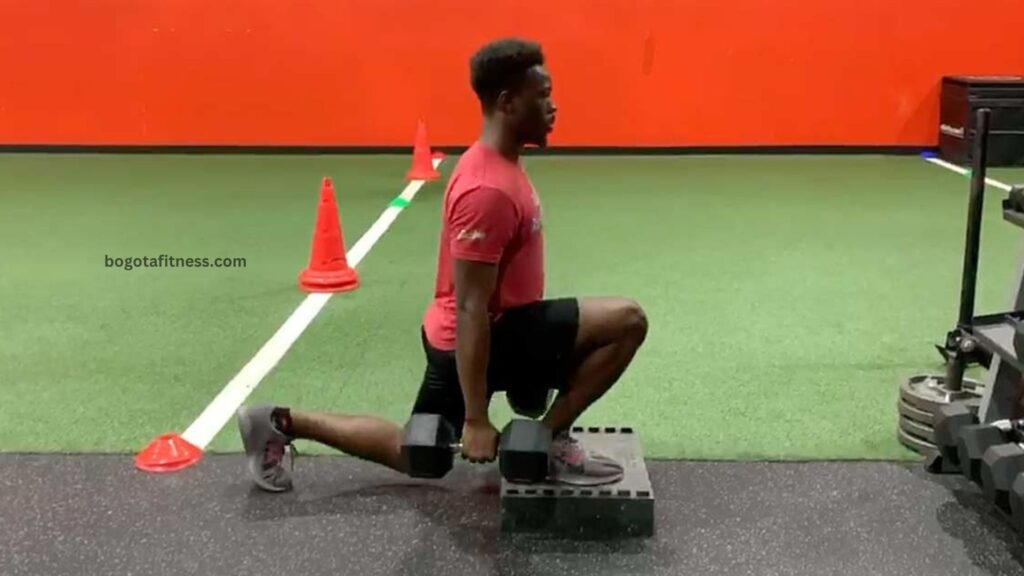
Because lunges target numerous muscle groups, you can work more of your body with fewer exercises, which will save you time and improve the effectiveness of your workout. Try one of these lunge substitutes if they cause knee pain.
How to: Place your feet hip-width apart to begin. Retrace one footstep and lower your knee to the floor. Raise yourself back up and do it again, then switch sides.
Bicycle

The bicycle crunch is the best exercise to do if you want to truly work on your abs. Similar to the classic crunch, this exercise targets every abdominal muscle with a focus on the obliques.7. Try modifying your bicycle if you find them difficult to ride.
How to: Bring your knees up to your chest while lying on the ground. As you turn your body, straighten your right leg and bring your right elbow up to meet your left knee. Repeat in a cycling motion on the opposite side.


